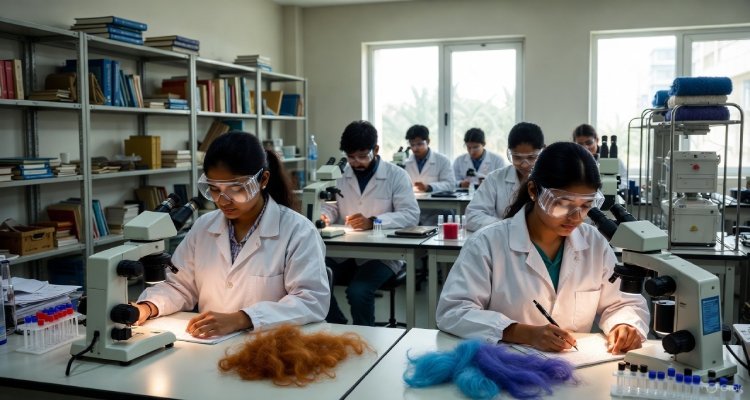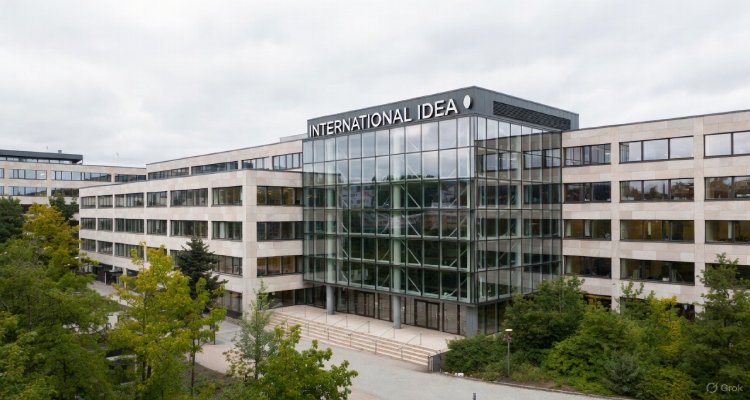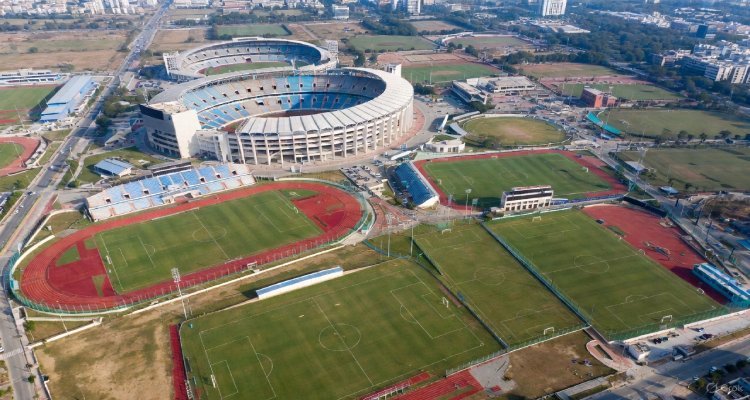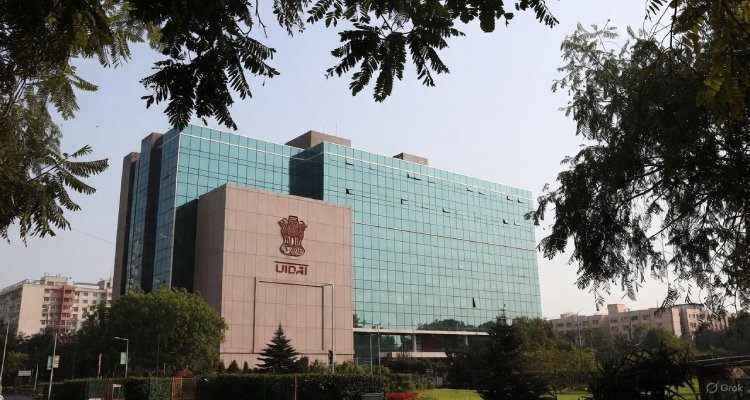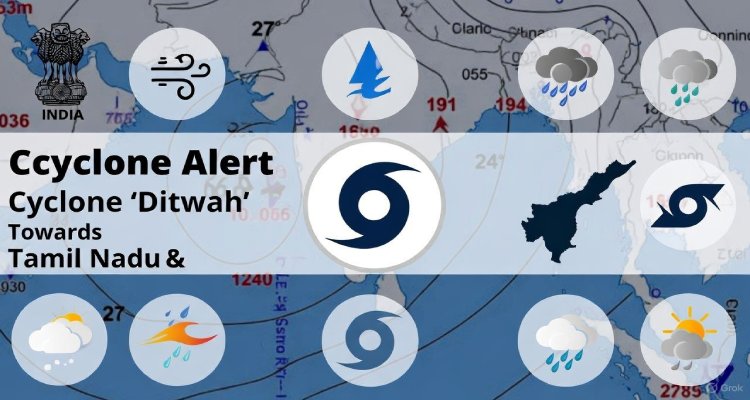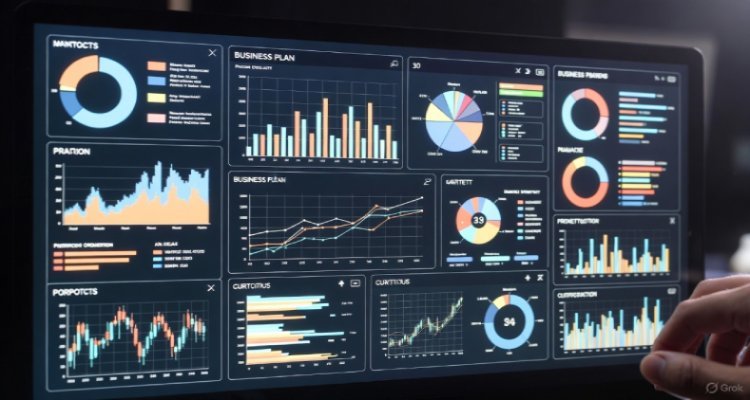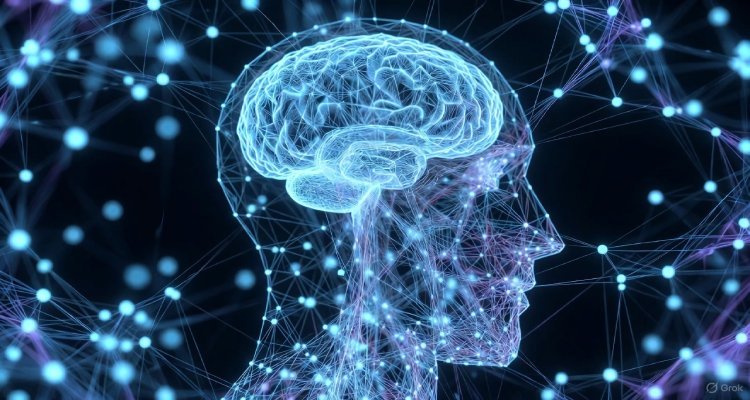Forests That Communicate Like Living Cities
Beneath the forest floor, trees exchange nutrients, send warnings, and share resources—much like bustling human cities. Science reveals their hidden language.
Introduction: The City Beneath the Trees
At first glance, a forest may appear as a serene, silent expanse of green. But scientists have discovered that beneath the surface lies an intricate web of communication—one that mirrors the bustling networks of human cities. Through hidden underground pathways, trees send messages, share food, and even warn their neighbors of danger. This is not just nature’s poetry—it’s biology, physics, and cooperation at its most sophisticated.
Context & Background: The “Wood Wide Web”
For decades, ecologists assumed trees were solitary organisms competing for sunlight, water, and nutrients. But in the late 1990s, Canadian scientist Dr. Suzanne Simard turned that idea upside down. Her research uncovered a vast underground network of fungi, called mycorrhizal networks, connecting trees like fiber-optic cables.
These fungi attach to tree roots and act as couriers, delivering water and minerals while receiving sugars in return. More importantly, they allow trees to “talk” to each other—transferring carbon, nitrogen, and chemical signals across species and distances.
In short, forests are less like battlefields and more like thriving, interconnected cities.
Main Developments: The Language of Trees
Studies show that trees can:
- Send Nutrients to Struggling Neighbors: Older, stronger trees—dubbed “mother trees”—share carbon with younger seedlings struggling in the shade.
- Issue Chemical Warnings: When pests attack one tree, it releases distress chemicals that travel through the network to alert others, prompting them to produce protective compounds.
- Redistribute Resources Seasonally: Deciduous trees may send excess nutrients to evergreens in winter, while receiving help in return during summer droughts.
In 2022, researchers in Germany tracked the flow of carbon between beech and spruce trees and found that this exchange persisted even when species were unrelated—indicating cooperation, not just self-interest.
Expert Insight
“Forests are not collections of individual organisms—they are social networks,” says Dr. Toby Kiers, a symbiosis researcher at Vrije Universiteit Amsterdam. “What we’re seeing is an ancient system of reciprocity, where survival is enhanced by cooperation rather than competition.”
Environmental sociologist Dr. Karen Bakker likens it to city infrastructure: “If roots are streets, then fungi are fiber-optic cables carrying critical information. Without this network, the forest’s collective intelligence collapses.”
Impact & Implications
Understanding forest communication has far-reaching consequences:
- Conservation Strategies: Logging that removes old-growth “mother trees” can dismantle the network, leaving younger trees vulnerable.
- Climate Change Resilience: A healthy underground network can help forests share resources during droughts, floods, or heatwaves.
- Urban Planning Inspiration: Some city planners are studying these natural networks to design more resilient human infrastructure.
This also raises ethical questions: If forests are interconnected societies, should they be given stronger legal protections, perhaps even rights akin to those granted to rivers in countries like New Zealand and Ecuador?
Conclusion: Cities That Breathe
Forests are not passive landscapes—they are dynamic, cooperative communities. Their unseen communication systems challenge how we define intelligence, cooperation, and survival. As climate change intensifies, understanding these living cities beneath our feet may be the key to preserving them—and, by extension, our own future.
The next time you walk through a forest, remember: every leaf rustle and root stretch might be part of a conversation that has been going on for centuries.
Disclaimer: This article is for educational purposes and is based on current scientific research. New discoveries may refine or expand the concepts discussed.



